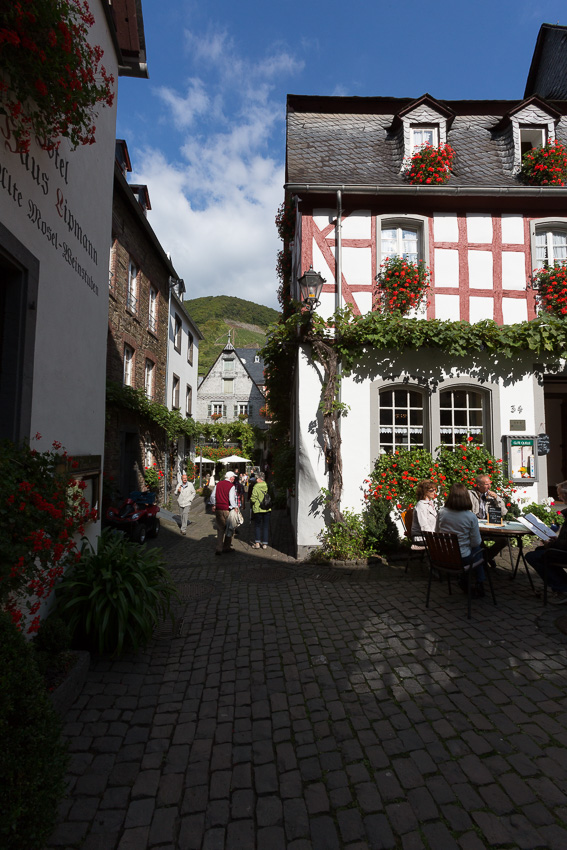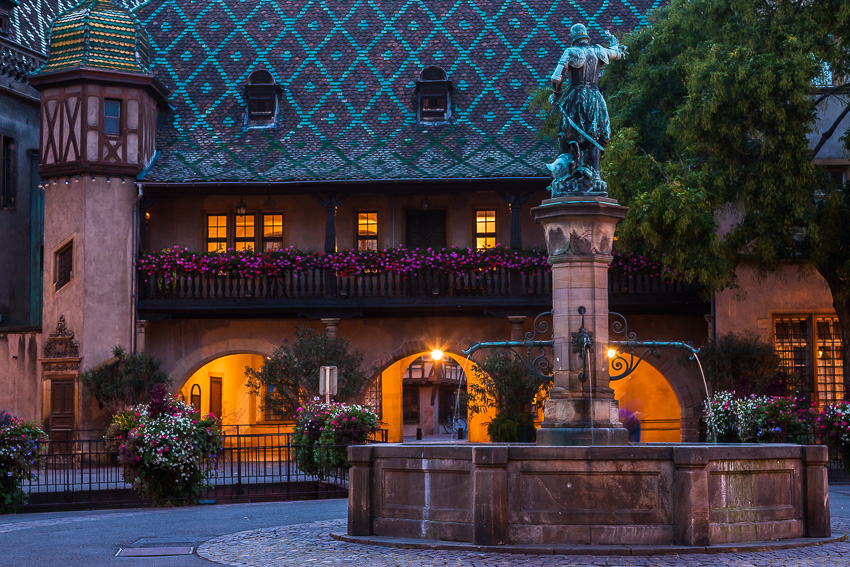Many photographers do not want to edit their photos. They are proud that the pictures show the reality and are not manipulated. However, they fail to see that the camera perceives reality differently than our eyes and brain. The differences become particularly clear when perceiving brightness values.
Linear vs. logarithmic perception of brightness
Without going into technical details let us just say that a camera encodes luminace values (almost) linearly while our eyes/brain perceive brightness in a more or less logarithmic fashion. If that is gibberish to you, don’t worry. What’s important is the fact, that humans can perceive high contrast scenes much better than the camera. We can see details in the highlights and the shadows that the camera can not. That is the reason why our photos often show blown-out highlights and shadow areas without any details. But even when an image shows details in the highlights as well as in the shadows they often don’t look the way we perceive reality. Here is an example:

This photo was obviously taken on a sunny day. It is the unedited version. While the highlights look ok, the shadows are much darkern than we perceive them. In my humble opinion this image desperately needs editing in order to display the scene realistically. Therefore, without much ado, the edited version:

To my eye this image looks much more realistic and natural than the unedited Version.
By the way, in the unedited version there are slightly converging lines due to the fact that the camera was tilted upward a bit. Converging lines are a phenomenon that we are hardly aware of because our brain corrects them. We simply know that vertical lines are vertical and that they don’t converge. Hence we don’t perceive converging lines (there are exeptions, but in most cases it is true). The camera, on the other hand, records converging lines faithfully. Especially in architecture photography they are quite annoying and should be corrected as in the edited version of the image above.
Conclusion
There are cases where an unprocessed photo just doesn’t show the reality as some photographers believe it does (that a photo actually never shows the reality is another question). Sometimes a photo needs to be edited to at least reflect reality to some extend as we perceived it.


Leave A Comment